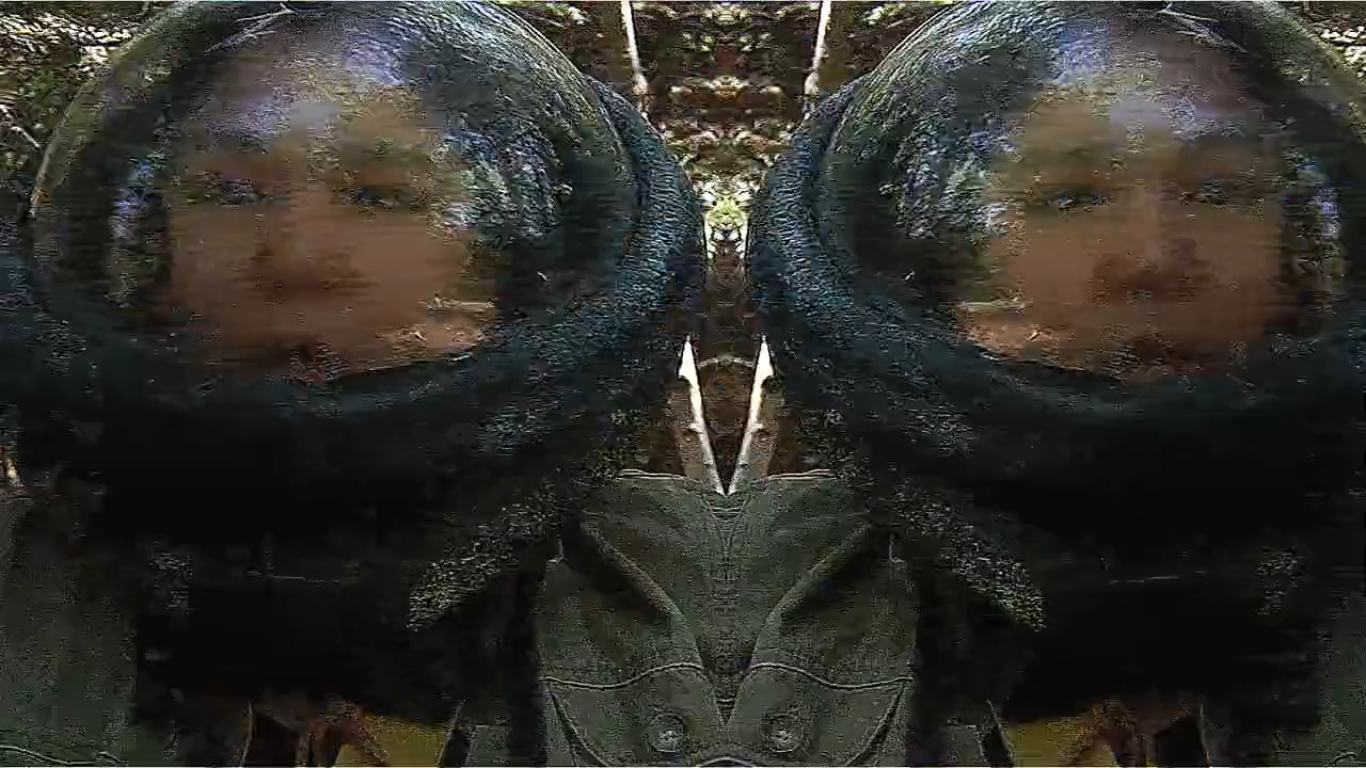How do we document that which has yet to occur? Cinema Politica’s Documentary Futurism: The Next 150 project seeks to usher in a new kind of filmmaking that brings actuality into conversation with speculation, and realism with the imaginary. Taking inspiration from Afrofuturism, Indigenous futurism, speculative fiction and non-fiction, these 15 films inaugurate a new genre while deploying filmmaking approaches and contexts associated with documentary in order to imagine, speculate and represent future worlds.
How do we document that which has yet to occur?
The Next 150 is a Cinema Politica project that envisions the creation of a new film genre through innovative and experimental filmmaking practices associated with documentary in order to imagine, speculate and represent a “Canada” of the future. Cinema Politica launched completed films through a series of events across the country, subsequently circulating throughout the CP Network. This unique project is funded through a Canada Council for the Arts New Chapter grant.
On Documentary Futurism
You may be asking: why a new genre?
We see at least three reasons for naming and developing a new genre of filmmaking in Canada: (i) to pay tribute to and acknowledge related film practices and artistic sub-genres that go under most Canadians’ radars – in particular Afrofuturism and Indigenous Futurism; (ii) to explore a cinematic language and media arts storytelling/meaning-making approach that blurs borders and boundaries around fact and fiction, official narrative and subjugated knowledge, experience and fantasy; and (iii) to develop a space for the unfixing of spatial and temporal representations that is germane to bringing together the complexities of the past, present and future in one cohesive work.
We believe that on the occasion of the Canadian state marking 150 years of its existence, artists can simultaneously “look back” as they “look forward” in the works commissioned. In the hands of the artist, the articulation of a speculated future, or an imagined fantasy, can be infused with the reality of what has passed.
In their introduction to Close Encounters: The Next 500 Years, Candice Hopkins et al ask: “Why the future?” To which they respond: “To date, Indigenous thoughts, images, and words have been omitted in discussions addressing the future, or if they have been included, it is often through pan-Indian prophecies and predictions, poorly understood, and appropriated by dominant culture.”
Cinema Politica’s Documentary Futurism: The Next 150 is a project conceived in dialogue with artists like those featured in Close Encounters, and is indebted to ideas that have been expressed around future imaginaries concerned with social justice and equality, such as in the writings of Afrofuturist authors. Taking our cues from Afrofuturism and Indigenous Futurism, where subjugated peoples, knowledges and subjectivities are re-centred through representations that speculate on future states (especially popularized in science fiction literature), The Next 150 celebrates and foregrounds documentary futurism – a way of artfully documenting a space and time that has yet to occur.
This new genre offers a chance to reboot NFB founder John Grierson’s “creative treatment of actuality” to describe a kind of documentary filmmaking that embraces avant-garde and experimental formal qualities while seeking to convey both veracity and fantasy. In this light, documentary futurism could be described as the creative treatment of actuality and the documented actuality of fantasy. This new genre traces a kind of filmmaking that subverts audience expectations of “the real” and maps on to depictions of social reality an expressive speculation of what could be or what could be imagined. The emphasis on imagination and social justice connects with much of the Indigenous work currently circulating in the visual and performance art worlds of Canada today as well as in the world of speculative fiction, including the exemplary work of Canadian Afrofuturism author Nalo Hopkinson.
Why Documentary?
Cinema Politica is a network devoted to the circulation and presentation of political documentary because in part we believe non-fiction cinema has great potential to not only educate but to disrupt dominant narratives and activate audiences. Yet so much social justice oriented documentary relies on trusted codes and conventions like explanatory narration and interviews spliced with b-roll. We’re interested in providing an opportunity for artists who believe in documentary’s social justice potential to innovate, break molds and incorporate notions of the imaginary and future into their work. We hope this will give documentary a creative boost and advance the form into new, generative, future-looking and self-determining realms.
Why Futurism?
Alondra Nelson describes Afrofuturism as “a way of looking at the world, it’s a sort of canopy for thinking about Black diasporic artistic production, it’s even an epistemology that is really about thinking about the future, thinking about the subject position of Black people and about how that is both alienating and about alienation… It’s about aspirations for modernity and about having a place in modernity. And it’s about speculation and utopia…”
Following Nelson, the notion of futurism, when conjoined with documentary, explores issues of social inequity and injustice through speculative cultural expression – a mode or platform to imagine the impossible, represent that which doesn’t exist while remaining grounded in realms of actuality. It is the idea of a future documented, a speculated reality.










![Still from Enhior’hén:ne [TOMORROW]](https://www.cinemapolitica.org/wp-content/uploads/2020/05/EnhiorenneTomorrow1.jpg)















